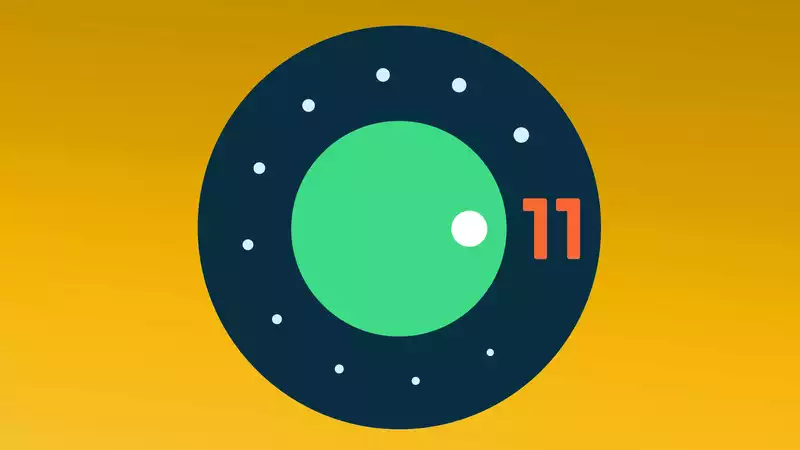New features have been added to the latest version of Android 11, which is good news for users who have purchased (or plan to purchase) phones with high refresh rate displays, 5G phones, and foldable phones.
As revealed on Google's Android Developers Blog (via XDA Developers), the second of three developer previews has just been released. This is not something regular users should download and try, but you should pay attention to see what improvements and new features will be coming to your Android phone later this year.
One of the most interesting features being added to Android 11 is the ability to detect the angle of a folding phone's hinge. Developers can use this information to make apps work in different ways depending on how open the foldable is. Samsung's Galaxy Z Flip has confirmed that having the phone stand open at a right angle is useful for video calls, so more features like this would be welcome.
It is also important that the app will be able to detect the type of 5G network a user is connected to, enabling certain features and performance based on whether it is a standalone or nonstandalone network.
In Android 10, Google added an option for users to give location information to an app only when the app is in active use. In this newer development version of Android 11, Google is experimenting with the same thing for camera and microphone access. This will keep more user data safe from apps when it is not needed or requested by the user.
Smoother animations can also be expected, as Google is providing developers with tools to synchronize app movements with the virtual keyboard and other UI elements. The GIF below shows how this can be used to create snappy, fast animations, but Google also shows an example that more accurately follows user touch input.
With more phones using refresh rates higher than the standard 60 Hz, including the Samsung Galaxy S20 series, Android 11 allows apps to specify the refresh rate they want to run at. This is useful for phones using adaptive refresh rate settings, which activate the higher rate only when requested to save battery power.
Android 11 also has improved call screening, as seen on Google's own Pixel 4 and earlier devices, with a boost to machine learning thanks to a new "hard swish op," and apps also have new settings that allow them to re no longer require logging in, allowing for a quicker return to normal.
XDA Developers discovered several other Android 11 features not mentioned on Google's blog. These include having a history of recently dismissed notifications available in settings reachable via a button in the notification shade. There is also an option that requires eyes to be open when using Face Unlock on the Pixel 4, as well as several refreshed interface elements like the wallpaper selection menu and screen recorder.
You can also change the style of the punch holes in the display with an option in the settings menu.
In April, a third and final developer preview will be released before Google launches a beta version of Android 11. However, most people should wait for the official launch of Android 11, which Google's timetable calls for some point in the third quarter (between July and September).










Comments